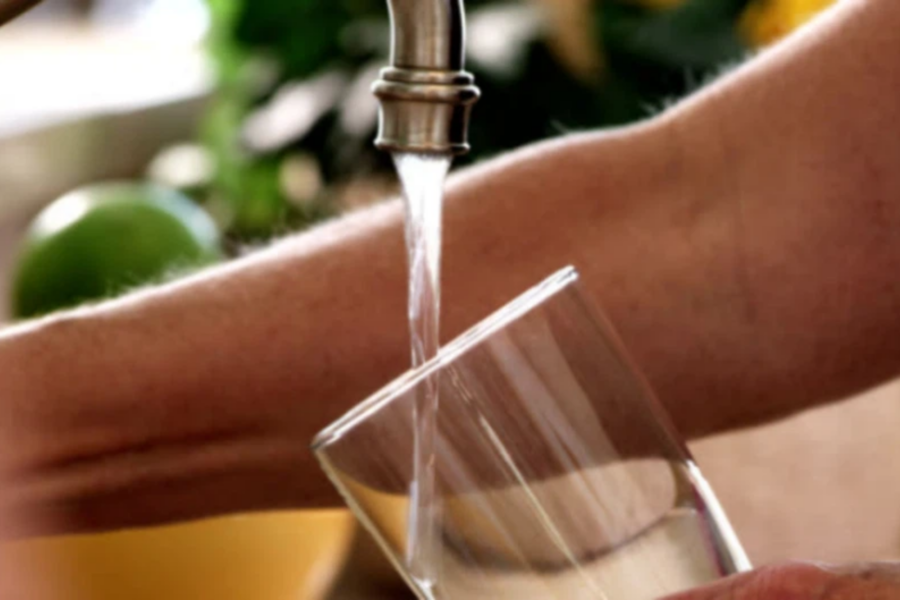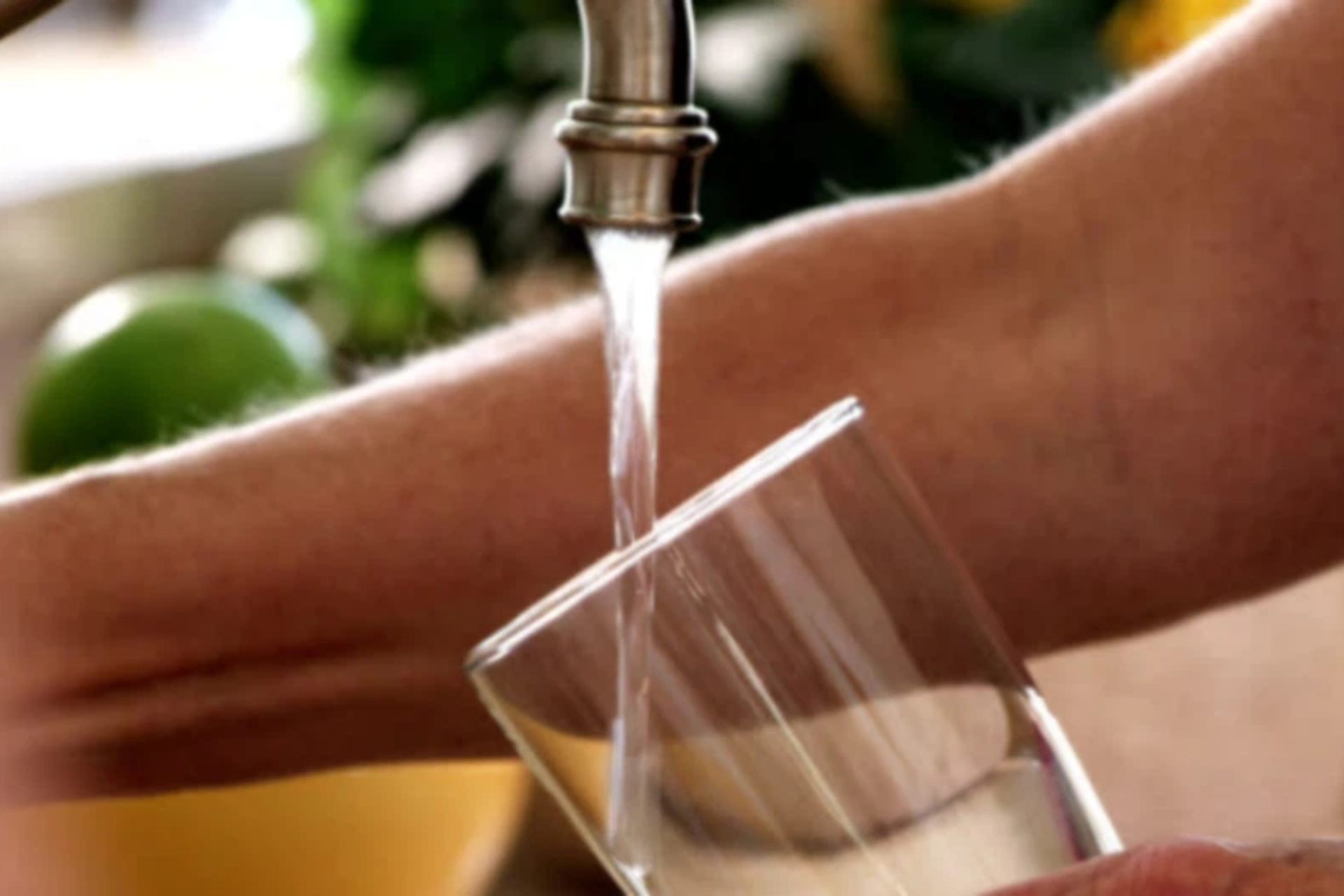
WATER SHIFTING – what is it, why, and where is it being implemented?
Rand Water confirmed the implementation of water shifting. What is water shifting, and why is it implemented in some areas?

Rand Water confirmed on Sunday the implementation of water shifting to ensure water supply to all areas in Gauteng.
WATER SHIFTING – WHAT IS IT, WHY AND WHERE WILL IT BE IMPLEMENTED
According to reports, water and sanitation minister Senzo Mchunu on Wednesday called on the utility to implement this measure, saying Rand Water had assured him they would do load-shifting from less busy lines.
Residents in South Hills have been without water for over two weeks.
RESIDENTS IN SOUTH HILLS HAVE BEEN WITHOUT WATER FOR MORE THAN TWO WEEKS
Johannesburg Water advised that this was a result of low levels in Rand Water’s Klipriviersberg reservoir, which was caused by the power failure at Rand Water’s Zuikerbosch Water Treatment Plant following the storm on 19 September 2023.
Daily water supply system status updates: Monday, 2 October 2023 (Morning) #JoburgUpdates ^P pic.twitter.com/5my8RY7gHJ
— Johannesburg Water (@JHBWater) October 2, 2023
Mchunu said decisions taken from the meeting should be implemented as soon as possible.
‘WE ARE FOCUSED ON RESOLVING THE PROBLEMS.’
“We must not subject people to emotional stress all the time. Hold us accountable because water is a sensitive and emotional subject. We are focused on resolving the problems,” Mchunu said.
ALSO READ: Johannesburg Water announces 15 hours WATER SHUTDOWN on Tuesday
Mchunu furthermore said the issues that came from the meeting include accountability, water shifting, poor infrastructure, reservoirs and water conservation.
THEY WILL LOAD SHIFT UNTIL THE SYSTEM RECOVERS
He added that Rand Water has assured him that they will do load shifting from a line that is not too busy and redirect to Palmiet until the system recovers and is able to supply even high-lying areas.
ALSO READ: Gauteng ‘water crisis’ being tackled
“We are going to water shift as an interim measure. Technicians will be monitoring the system 24/7 as we shift water from systems to systems,” Mchunu explained.
HOW WILL WATER SHIFTING WORK?
The Minister called on Rand Water to have a set timeline for when the extra 150 mega litres will be made available from Station 5A.
He said the City of Johannesburg must start the process of replacing old leaking pipes to stop large volume of water being lost due to leaks.
ALSO READ: SASSA: Postbank promises glitch-free payments THIS WEEK
“Water shifting is not a permanent solution, so we have to do something permanent to address this challenge. I support Joburg Water’s initiative to construct a temporary pump station to assist with the turnaround recovery of water shortages.
“Joburg Water will share implementation plans and time frames regarding the development of the sump at the South Hills tower,” he said.
